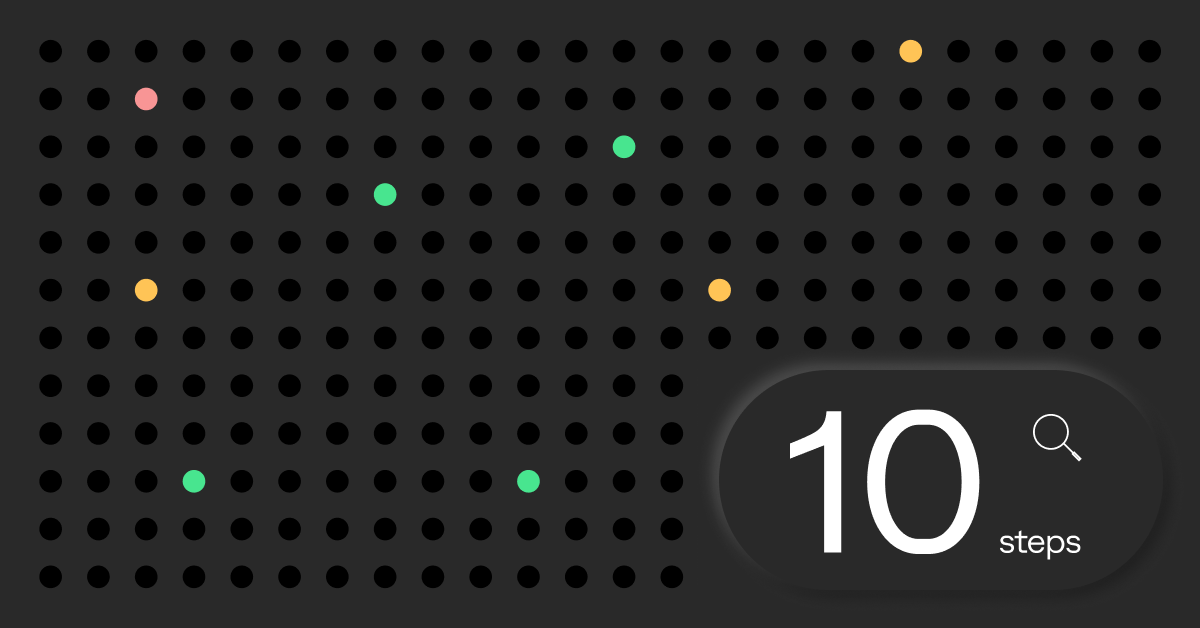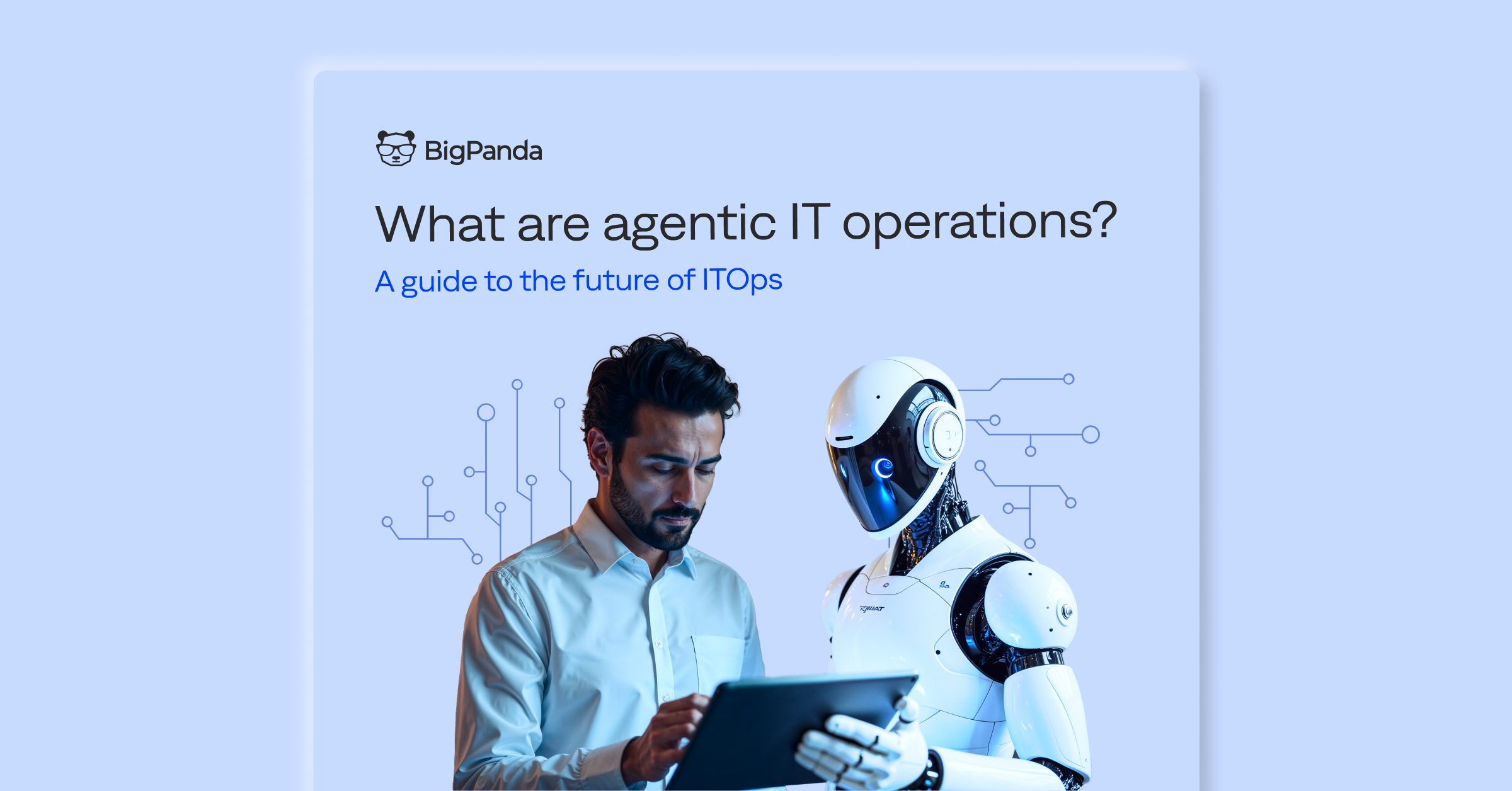10 steps to proactive IT infrastructure monitoring

You can elevate your IT infrastructure monitoring with AIOps. AIOps offers full-stack visibility, enhancing IT infrastructure monitoring efforts. This lets you transform the familiar monitoring landscape by turning the chaos of constant alerts into a proactive approach to problem-solving.
IT infrastructure monitoring challenges typically relate to the complexity of backend systems, especially when it comes to cloud platforms. For example, consider the following:
- Legacy tools and cloud
- Integration and access
- Cultural silos and collaboration
- Comprehensive monitoring
- Multicloud challenges
- DevOps transition and operational service models
For more detail on these challenges, see “What is IT infrastructure monitoring?”
Enhance your IT infrastructure monitoring strategy
Step 1: Define objectives and scope.
Clearly define your monitoring objectives, such as enhancing system reliability and optimizing performance. Delineate the scope of your monitoring efforts, including critical components that require continuous oversight, like servers, networks, applications, and databases.
Step 2: Identify and understand key metrics and KPIs.
Identify the key performance indicators and metrics relevant to your organization’s goals and infrastructure. Establish baseline performance levels to identify anomalies and deviations.
Step 3: Choose the appropriate monitoring tools.
Select monitoring tools that align with your infrastructure, objectives, and scalability needs. Ensure compatibility with both on-premises and cloud-based components. Consider factors like the type and frequency of data collection along with your budget constraints. Compare features and pricing of open-source and commercial options before making a decision.
Step 4: Implement real-time monitoring and automation.
Establish real-time monitoring to receive immediate alerts for critical issues. Set thresholds for key metrics to trigger alerts when predefined limits are exceeded. Use automation for routine tasks and issue remediation to reduce manual intervention and lower response time.
Step 5: Integrate with incident management tools.
Integrate monitoring tools with incident management systems for seamless workflow and issue resolution. Establish clear incident-handling processes, including escalation procedures and communication protocols.
Step 6: Plan for scalability.
Be sure your monitoring solutions can accommodate future growth and evolving infrastructure needs. Regularly review and update your strategy to adapt to changing technology and business requirements.
Step 7: Prioritize collaboration and training.
Foster collaboration between IT teams, ensuring all parties understand the monitoring strategy and their roles. Train relevant staff on the selected monitoring tools and best practices.
Step 8: Collect and analyze data.
Collect data from sources including server logs, application performance metrics, and network traffic data. Analyze the collected data to identify potential issues and areas for improvement. Then plan to address any identified issues promptly (e.g., reconfiguring systems). You can also leverage visualization tools to locate patterns and trends for more informed decision making.
Step 9: Implement changes.
Once you’ve decided on changes to your infrastructure monitoring strategy, it’s time to implement. Begin by reviewing and updating your current monitoring tools, considering new versions or moving to commercial tools if necessary. Ensure that you’ve correctly configured and tested new monitors correctly before deployment. Test changes to existing monitors to avoid false alarms. Be meticulous in documenting all changes to simplify troubleshooting and future adjustments.
Step 10: Evaluate and adjust.
Regularly evaluate the effectiveness of your monitoring strategy and make adjustments to ensure continued relevance and efficiency. Adapt data collection methods, alerts, and trigger thresholds to reflect evolving system requirements and changes in your IT infrastructure.
Integrate to improve IT infrastructure monitoring
BigPanda AIOps is a complementary tool that optimizes IT infrastructure monitoring rather than functioning as a standalone infrastructure monitoring solution.
Through seamless integration with monitoring tools like AppDynamics, Nagios, and SolarWinds, BigPanda transforms the data and alerts into actionable insights. The BigPanda platform then auto-identifies actionable alerts, promoting a proactive approach to incident prevention and ensuring uninterrupted service availability.
Quickly detect incidents, categorize them, and streamline responses, effectively lowering human error.
With the BigPanda AIOps platform, you can achieve high efficiency by automating critical processes, spanning from notifications to root-cause analysis. This automation guarantees timely resolutions and facilitates continuous improvement in your IT operations. Advanced analytics and dashboards further enhance visibility and insights, helping you better understand your IT infrastructure and manage incidents.
Learn more about how BigPanda can help you reduce IT costs.




